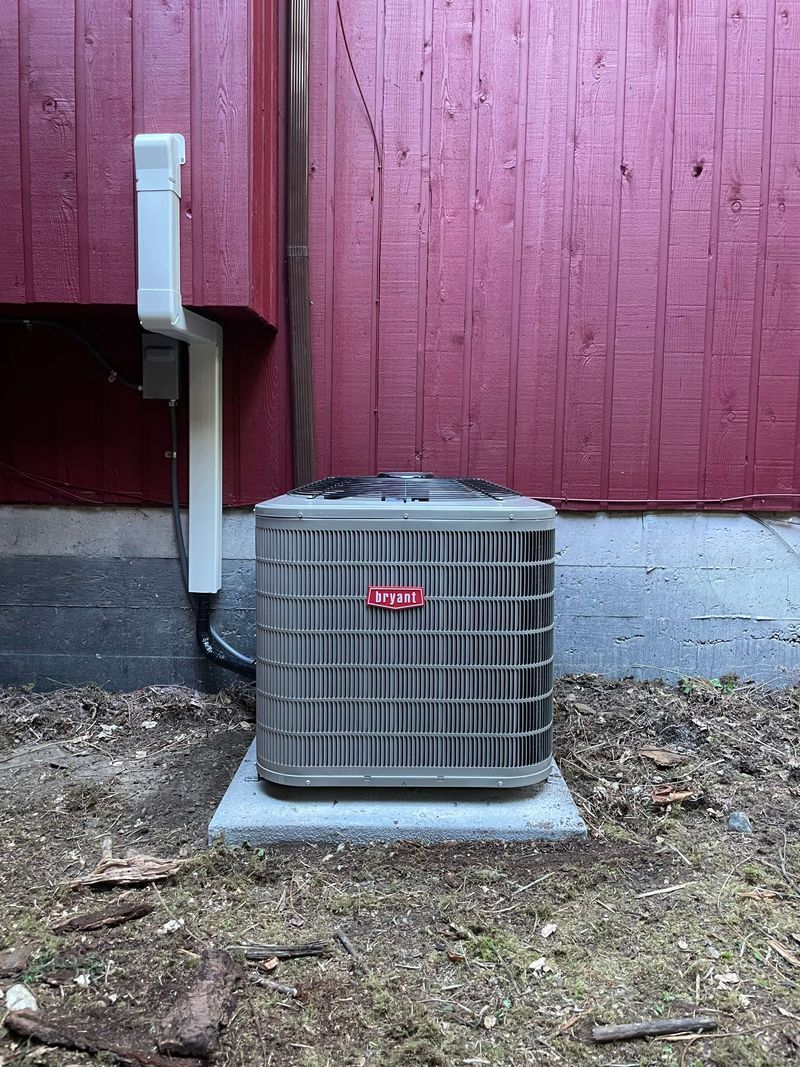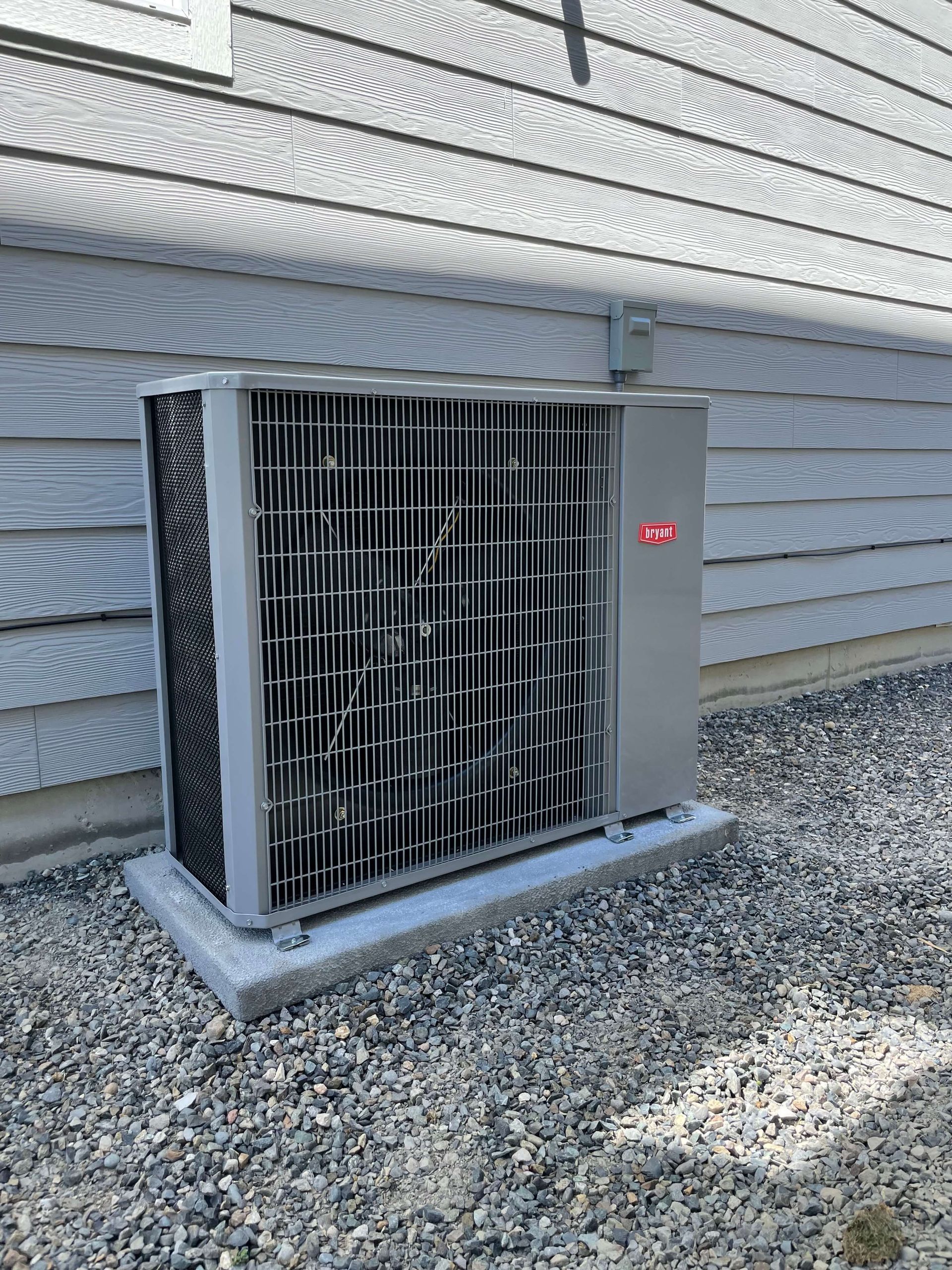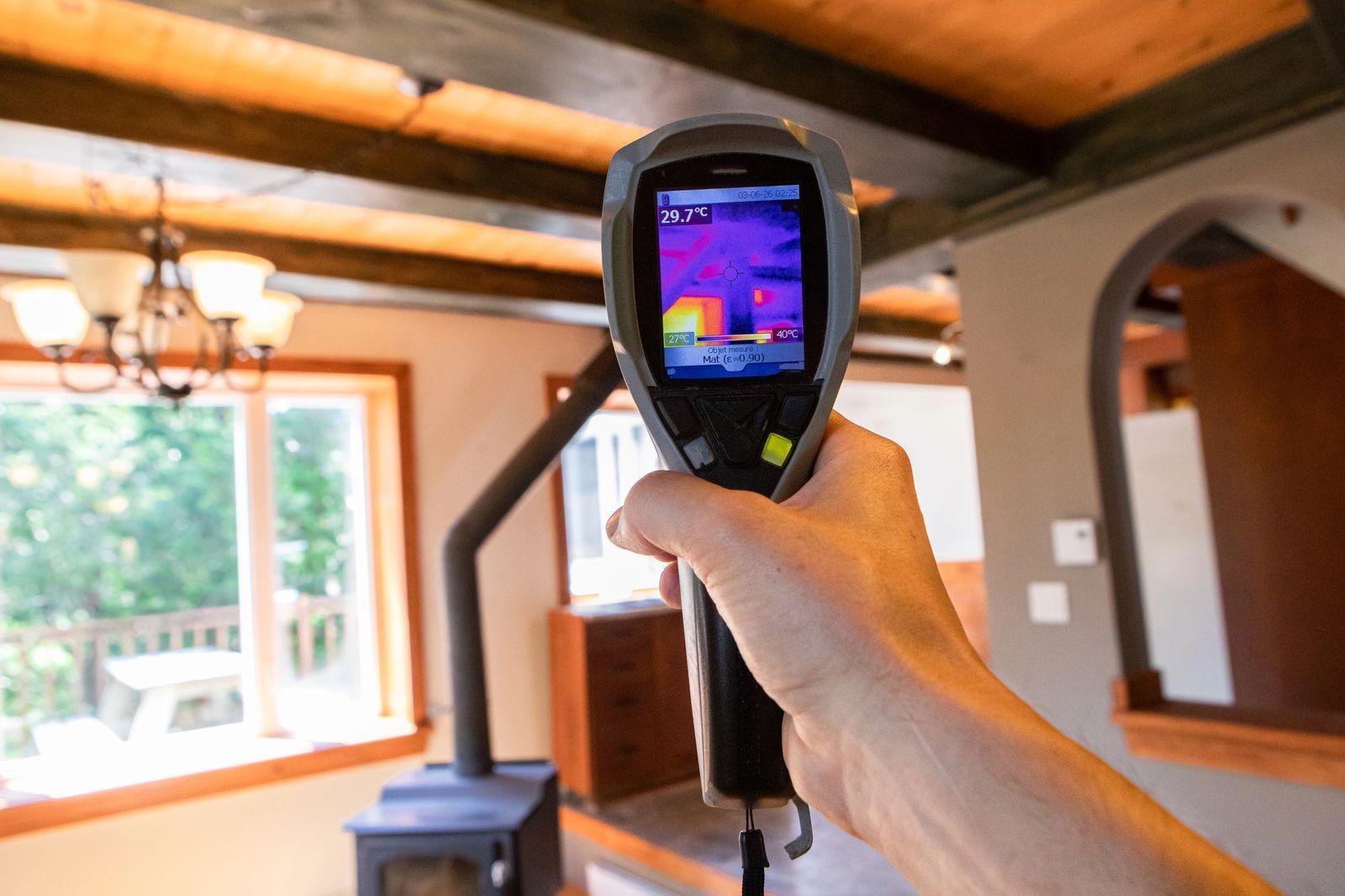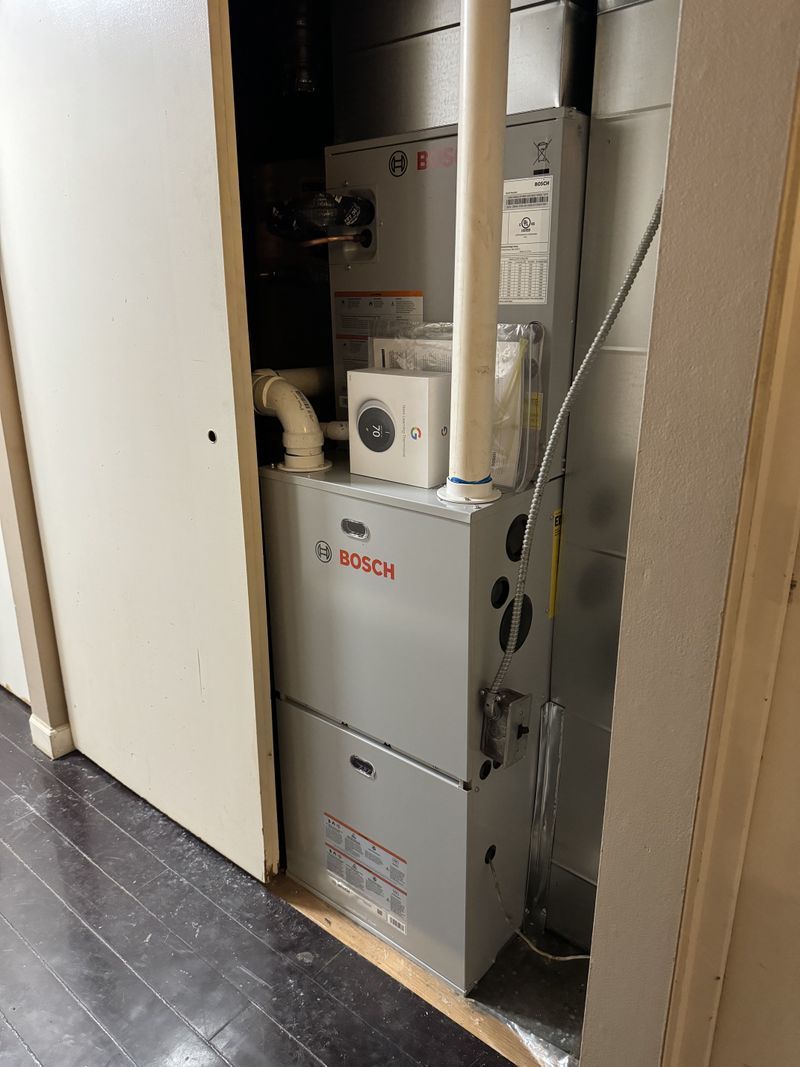The Difference Between Ductless Mini Splits and Central HVAC: Which Is Right for You?
When you move into a new home or start improving your current one, one of the most important systems to think about is your HVAC. After all, a reliable heating and cooling system is essential for keeping your home comfortable year-round, whether you're battling a scorching summer or a chilly winter.
But how do you guarantee you’re getting the best results for your money? With so many heating and cooling options out there, it’s easy to feel a little lost. Should you go with ductless mini split services for flexible room control or a central HVAC system for whole-home comfort?
Let’s break down the key differences between these two systems, helping you figure out which one works best for your home.
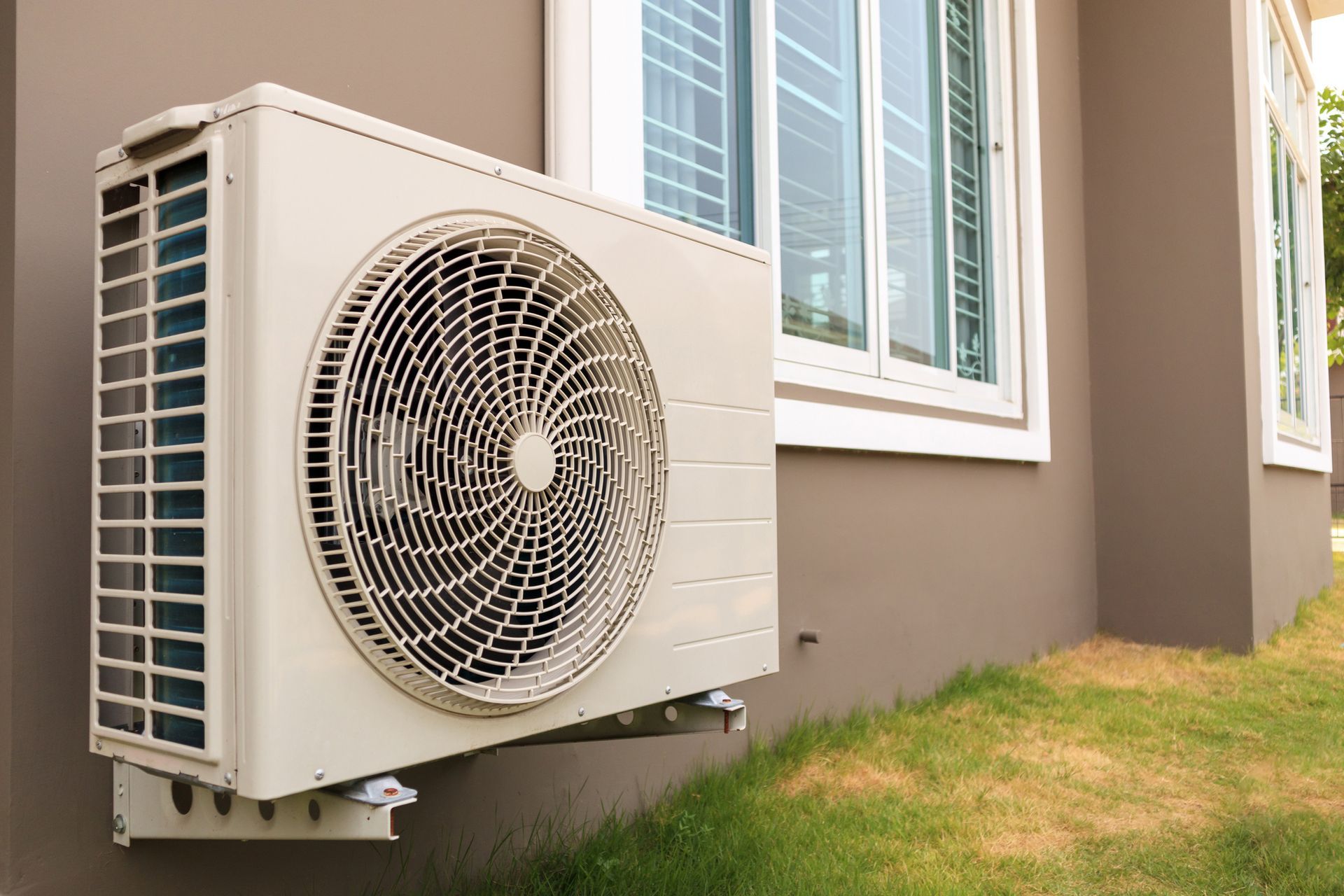
What Is a Ductless Mini Split System?
Ductless mini splits are a flexible and energy-efficient option for controlling the temperature in individual rooms or zones in your home.
Unlike traditional HVAC systems, they don’t require ductwork to distribute air. Instead, a ductless mini split system consists of an outdoor compressor unit and one or more indoor air-handling units, which are mounted on walls inside the house.
Each indoor unit is connected to the outdoor compressor through a small conduit that includes refrigerant and electrical lines.
What Is a Central HVAC System?
A central HVAC system is what most people are familiar with—a system that heats and cools your entire home through a network of ducts.
A central air conditioning unit works in tandem with a furnace or heat pump to regulate your indoor temperature. Air is cooled or heated by a central unit and then distributed evenly throughout your home via ducts and vents.
Energy Efficiency Comparison
When comparing ductless mini splits and central HVAC systems, energy efficiency is one of the most significant factors.
Ductless Mini Splits
Ductless systems are known for their excellent energy efficiency, primarily because they eliminate energy loss through ductwork.
According to the U.S. Department of Energy, ducts can account for up to 30% of energy loss in a central HVAC system, especially if they run through unconditioned spaces like attics or crawl spaces. This is because uninsulated or poorly sealed ducts allow heated or cooled air to escape.
Mini splits allow you to control the temperature room by room, avoiding the need to heat or cool the entire home when it’s unnecessary.
Central HVAC
While central HVAC systems can be efficient, especially with modern energy-efficient models, they still suffer from some energy loss through ducts. However, you can improve energy efficiency by insulating ductwork and using programmable or smart thermostats to control when and how the system runs.
Installation and Maintenance Costs
The cost of installing and maintaining a ductless mini split system versus a central HVAC system varies depending on your home’s needs and size.
Ductless Mini Split Installation
Installing a ductless mini split system is generally more straightforward and less invasive than installing a central HVAC system because it doesn’t require any ductwork. However, you might need multiple indoor units if you plan to cool or heat several rooms, which can increase the upfront cost.
On the upside, you only need to install units in the rooms you use the most, potentially saving money in the long run.
Central HVAC Installation
Central HVAC systems typically require ductwork, making installation more complex and often more expensive. If your home already has ducts, the process is simpler, but retrofitting ductwork into an older home can be costly.
Moreover, central systems need regular maintenance, such as duct cleaning and filter replacement, which adds to long-term costs.

Comfort and Zoning Capabilities
Both ductless mini splits and central HVAC systems offer different levels of comfort and temperature control.
Ductless Mini Splits
One of the biggest advantages of ductless mini splits is their ability to provide customized comfort through zoning.
You can set different temperatures in different rooms, so everyone in your household can adjust their room to their liking. This zoning capability also prevents wasting energy on rooms that are not in use.
Central HVAC
A central HVAC system provides even heating and cooling throughout your home but lacks the precise temperature control of a ductless system unless you install additional zoning systems.
In homes with a single thermostat, temperature adjustments affect the entire house, which might not align with everyone’s comfort preferences.
Aesthetic and Space Considerations
Ductless Mini Splits
While ductless mini splits are compact and efficient, they do have a visible indoor unit that’s mounted on the wall. Some homeowners may not like the look of these units in their living spaces, although they can be placed discreetly in certain rooms.
Central HVAC
A central HVAC system’s indoor components are typically hidden behind walls or in the attic, which many homeowners find preferable from an aesthetic standpoint. However, the ductwork and vents can take up more space than you might realize, especially in smaller homes.
Noise Levels
Ductless Mini Splits
Ductless mini splits are typically very quiet, especially the newer models. Most of the noise occurs at the outdoor compressor unit, making indoor operation practically silent.
Central HVAC
While central HVAC systems can also be quiet, the ductwork sometimes amplifies noise, especially as the system ages or if the ducts are not properly insulated.
Which System Should You Get?
Both ductless mini splits and central HVAC systems have their pros and cons, and the right choice depends on your home’s layout, energy needs, and comfort preferences.
If you’re looking for energy efficiency, flexibility, and individual temperature control, a ductless mini split system may be your best bet. On the other hand, if you want consistent, whole-home comfort and prefer a more streamlined look, a central HVAC system might suit your needs better.
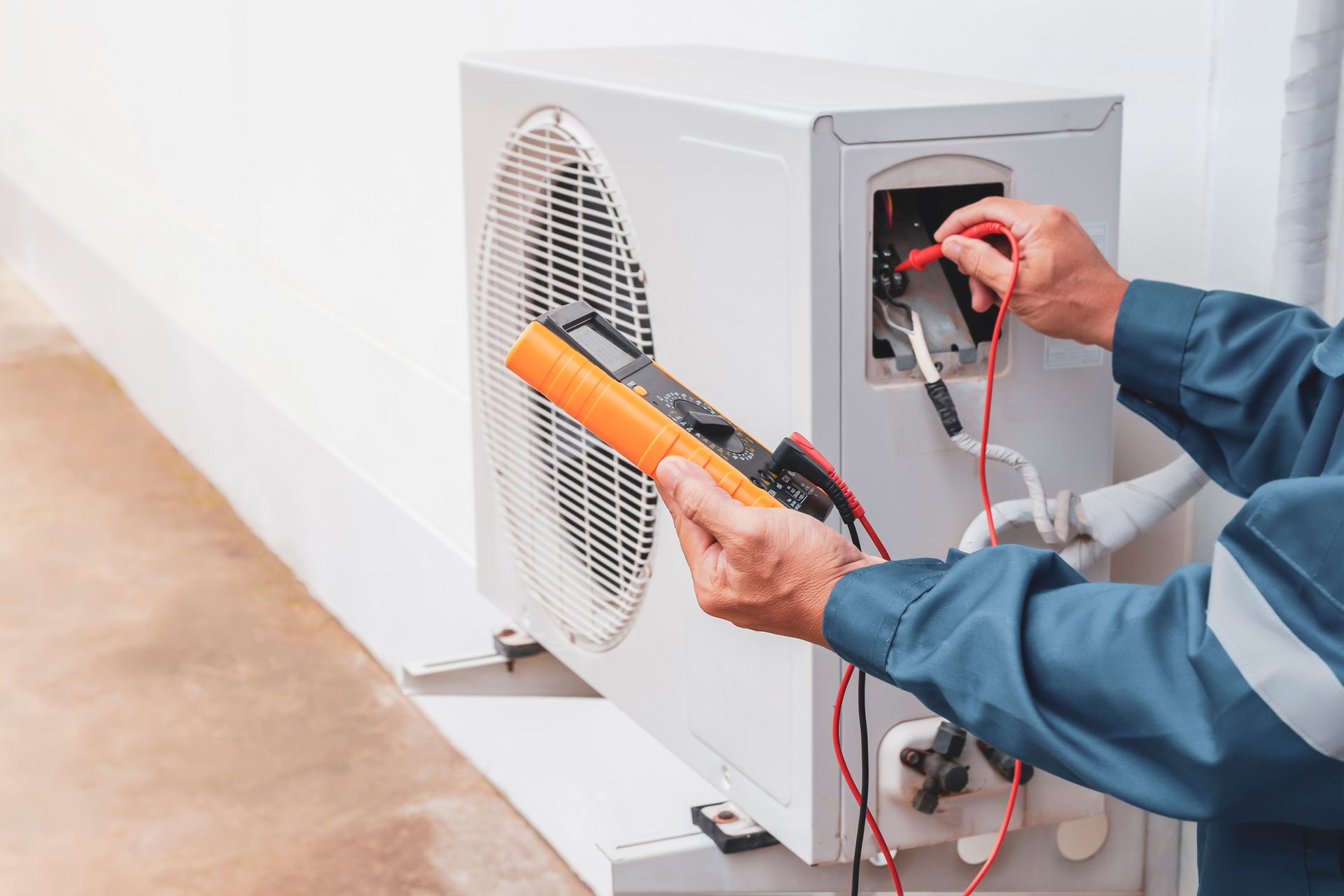
Looking for Quality Ductless Mini Split Services?
Contact Ready Energy Solutions for expert HVAC installation, maintenance, and repairs. Proudly serving Greater Seattle for over five years, we’re certified dealers of Mitsubishi, American Standard, Rinnai, and Bosch. As a Mitsubishi Diamond Contractor, we also offer a 12-year warranty on installations.
Whether you need a ductless mini split or central HVAC, we’ll find the perfect solution for your home!
GET IN CONTACT WITH READY ENERGY SOLUTIONS FOR EXPERT AC SERVICE
Contact us by calling 206-750-7020, or fill out the form below and we will be in contact within one business day.
Home Page
Thank you for contacting us!
We will get back to you as soon as possible.
Oops, there was an error sending your message.
Please try again later...


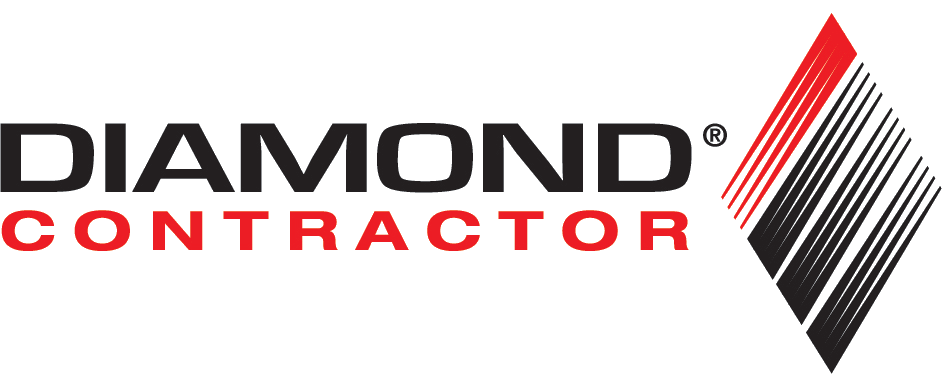
Ready Energy Solutions is proud to be a Mitsubishi Diamond Contractor as well as certified dealers for American Standard, Rinnai and Bosch
Proudly Serving
sEATTLE, WA
and the surrounding area
Seattle, WA
Kirkland, WA
Bellevue, WA
Shoreline, WA
Sammamish, WA
Renton, WA
Tacoma, WA
Issaquah, WA
8MMR+WW Federal Way, WA
OPEN 24 HOURS


